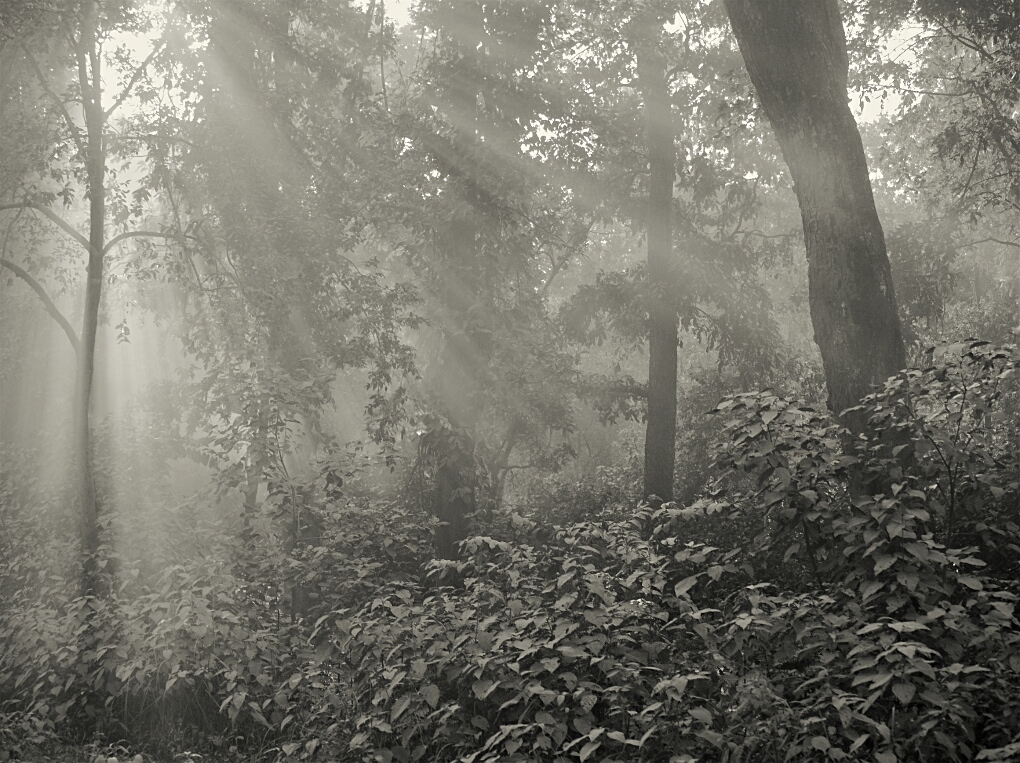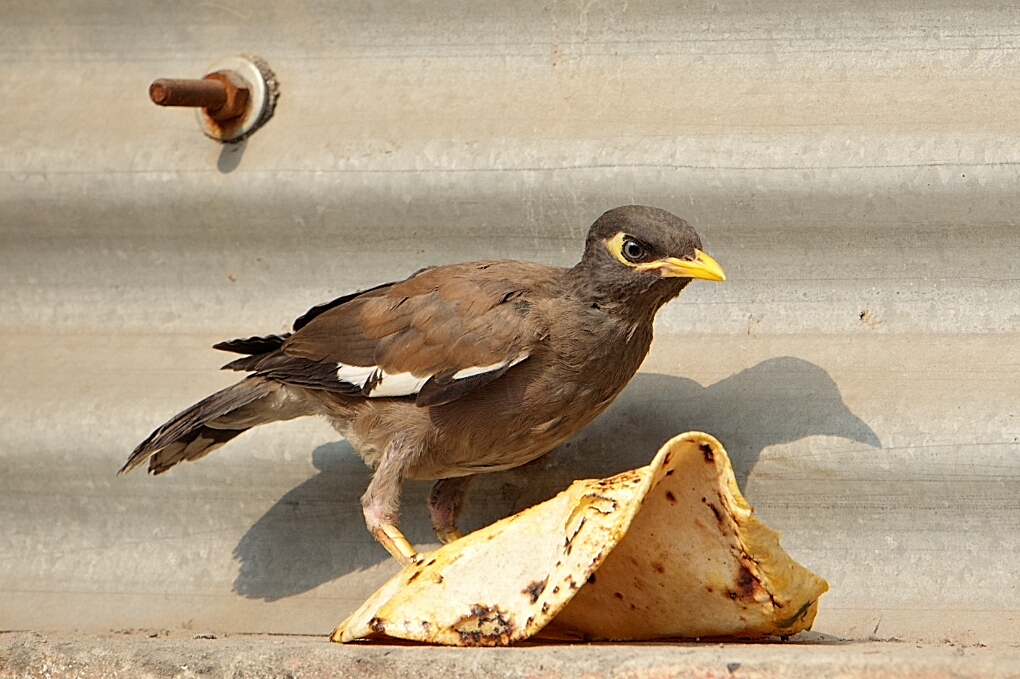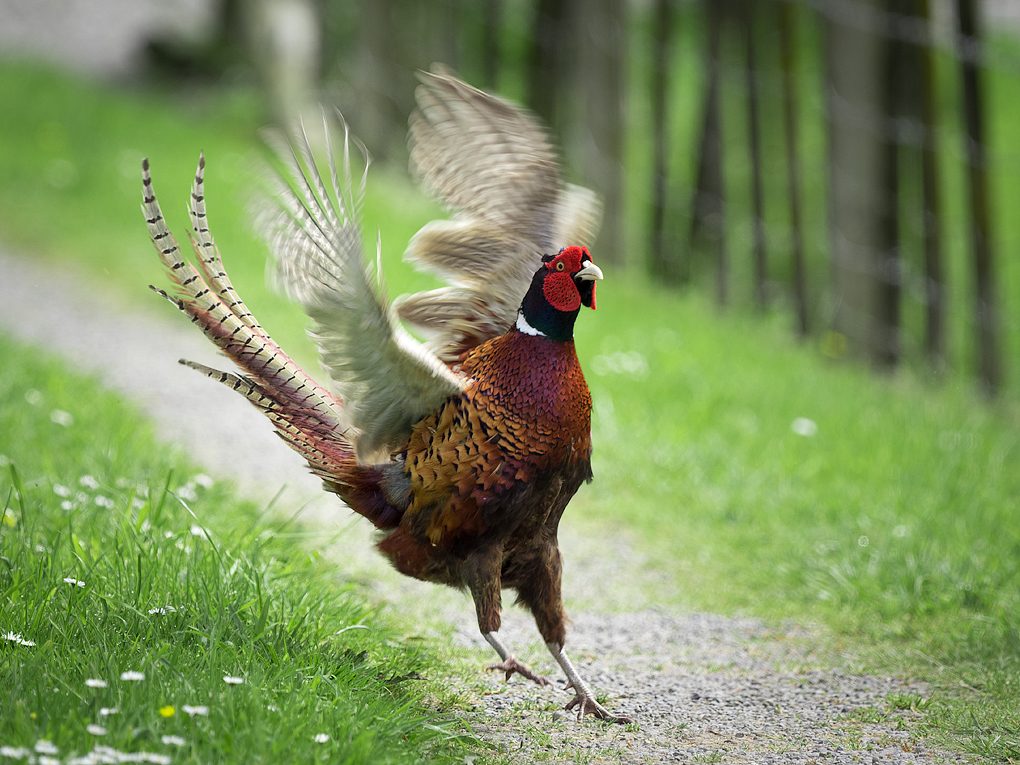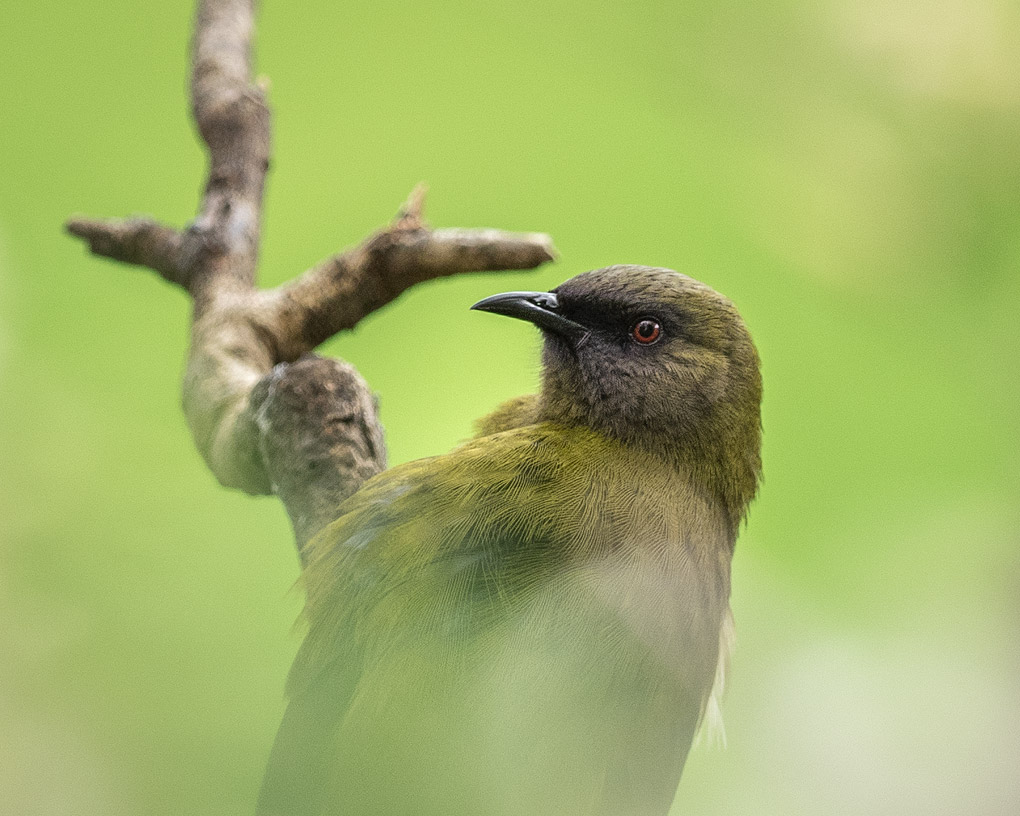
All content © 2016 Pete McGregor





















 At Pauatahanui Inlet we stopped to investigate the bird hide. I'd driven past many times and had often thought about stopping, but something always seemed more urgent. This time, with no hurry to get back to the valley, the temptation was too much. It proved worthwhile, with good views of pied stilts, grey teal, and several other kinds of waterbirds.
At Pauatahanui Inlet we stopped to investigate the bird hide. I'd driven past many times and had often thought about stopping, but something always seemed more urgent. This time, with no hurry to get back to the valley, the temptation was too much. It proved worthwhile, with good views of pied stilts, grey teal, and several other kinds of waterbirds. 


























